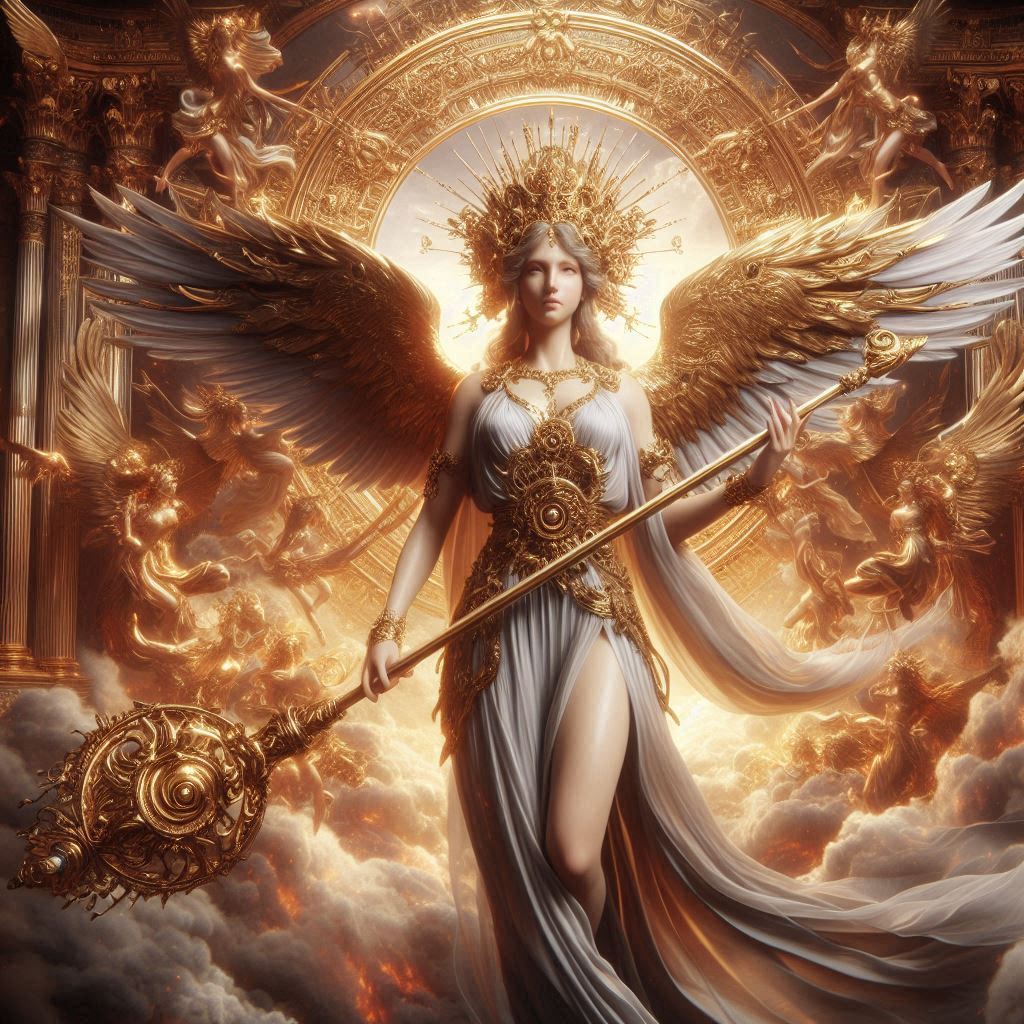Table of Contents
James Clavell’s Shōgun
James Clavell’s Shōgun is more than a historical novel; it is an immersive cultural exploration and a masterpiece of storytelling. Published in 1975, the book introduces readers to the dramatic world of feudal Japan through the eyes of John Blackthorne, an English navigator who finds himself shipwrecked in an alien, highly structured society. Clavell masterfully blends historical fact, cultural detail, and complex character development to craft a narrative that transcends the mere recounting of historical events, delving deep into themes of power, loyalty, and cultural assimilation.

Historical Context and Setting
Set in the early 17th century, Shōgun is inspired by the real-life exploits of William Adams, the first Englishman to reach Japan. The novel captures a tumultuous period in Japanese history, marked by the waning of the Warring States period and the rise of Tokugawa Ieyasu, whose counterpart in the novel is Lord Toranaga. The backdrop is one of political intrigue, with rival warlords vying for supremacy and the arrival of Europeans introducing new technologies, ideologies, and religions that would alter Japan’s trajectory. Clavell situates his narrative within this volatile historical framework, weaving fiction seamlessly with historical events to create a vivid and dynamic world.
Themes of Cultural Encounter and Assimilation
At its core, Shōgun is a novel about cultural encounter and the complexities of assimilation. Through Blackthorne’s eyes, readers are introduced to the intricate customs, social hierarchies, and philosophies of Japan. The novel vividly contrasts Western individualism with the Japanese emphasis on collective duty and honor. Blackthorne’s transformation from a bewildered outsider to a man who adopts and even champions Japanese customs reflects the novel’s broader exploration of identity and adaptation. His evolving relationship with Mariko, a Japanese Christian, symbolizes the bridging of cultural divides, albeit fraught with tension and tragedy.
Clavell’s nuanced portrayal of Japanese society is one of the novel’s greatest strengths. He avoids romanticizing or vilifying either culture, instead presenting a balanced examination of their respective virtues and flaws. The Japanese emphasis on discipline, loyalty, and harmony is juxtaposed with the Europeans’ ambition, pragmatism, and religious zeal, highlighting both the possibilities and the challenges of intercultural understanding.
Power and Political Intrigue
Another central theme of Shōgun is the pursuit of power. The novel’s title refers to the military ruler of Japan, a position of ultimate authority that Toranaga aspires to secure. Clavell delves into the intricacies of Japanese feudal politics, where loyalty is often a veneer masking ambition, and alliances shift with the tides of opportunity. Toranaga’s character epitomizes the cunning and strategic brilliance required to navigate this treacherous landscape. His ability to manipulate events and people, including Blackthorne, underscores the novel’s Machiavellian undertones.
Through Toranaga, Clavell explores the nature of leadership, questioning whether power can ever be wielded without moral compromise. Toranaga’s decisions often blur the line between necessity and cruelty, forcing readers to grapple with the ethical dilemmas inherent in governance.
Religious Tensions
Religion plays a significant role in Shōgun, reflecting the historical clash between Christianity and traditional Japanese beliefs during this era. The arrival of Jesuit missionaries in Japan brought not only spiritual teachings but also political implications, as Western powers sought to extend their influence. Blackthorne, a Protestant, finds himself caught in the rivalry between Catholic missionaries and their Japanese converts. Clavell uses this religious conflict to highlight the dangers of dogmatism and the ways in which faith can be both a source of inspiration and division.
Literary Style and Impact
Clavell’s writing style is richly descriptive, bringing to life the sights, sounds, and sensations of feudal Japan. His attention to detail immerses readers in a world that is both alien and familiar, capturing the beauty of Japanese gardens, the intricacy of tea ceremonies, and the brutality of samurai warfare. The novel’s sprawling narrative, interwoven with subplots and a diverse cast of characters, mirrors the complexity of the world it depicts.
Despite its historical setting, Shōgun resonates with contemporary audiences, addressing universal themes such as cultural identity, the nature of power, and the possibility of mutual understanding across divides. The novel’s enduring popularity is a testament to its ability to transport readers to another time and place while prompting them to reflect on their own.
Conclusion
Shōgun is a monumental achievement in historical fiction, offering both an engaging story and profound insights into human nature. Through its exploration of cultural exchange, political ambition, and personal transformation, the novel transcends its historical setting to address timeless questions about identity, loyalty, and the complexities of power. Clavell’s masterful storytelling ensures that Shōgun remains a compelling and thought-provoking work, inviting readers to navigate the rich and often contradictory tapestry of feudal Japan alongside its unforgettable characters.


No responses yet